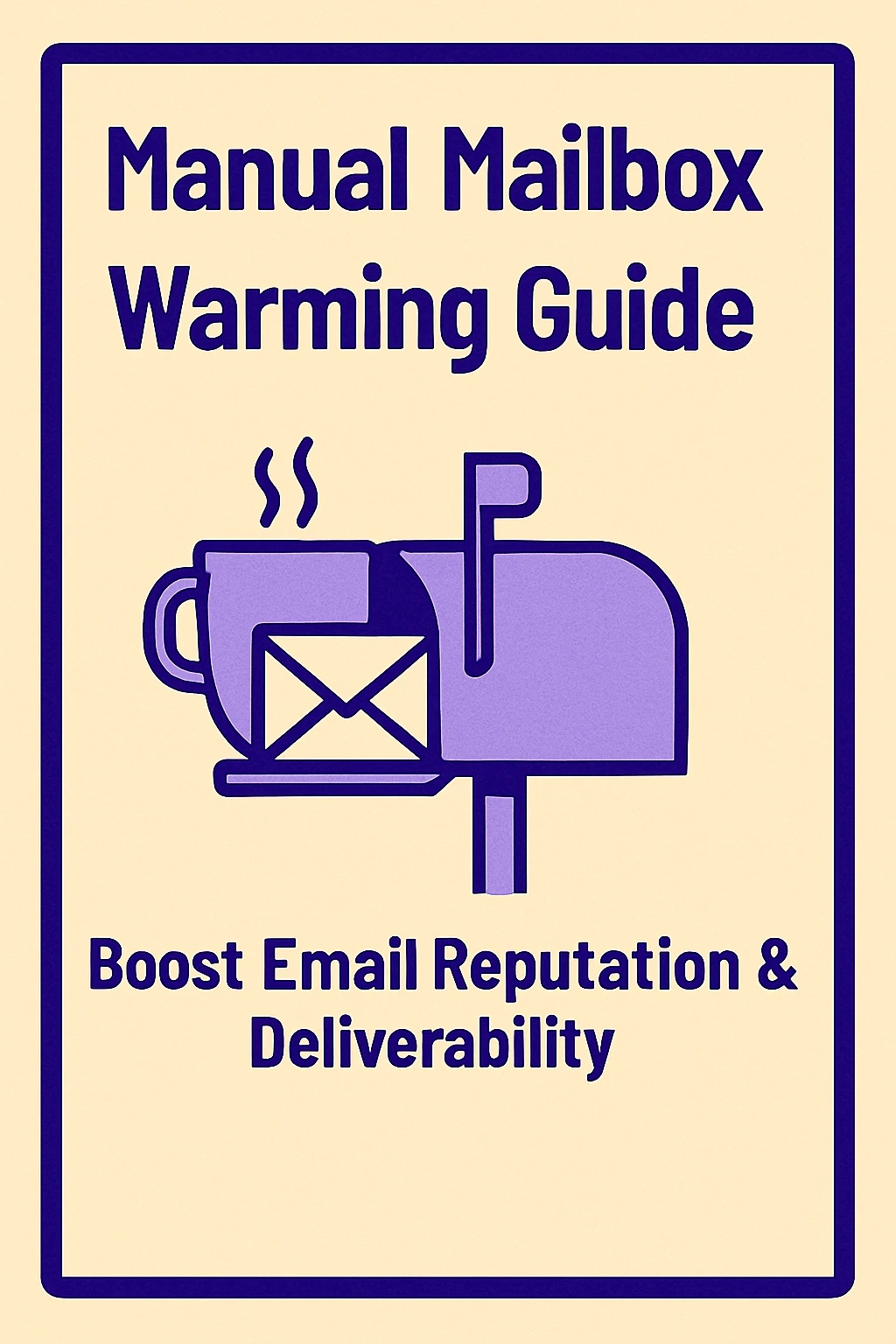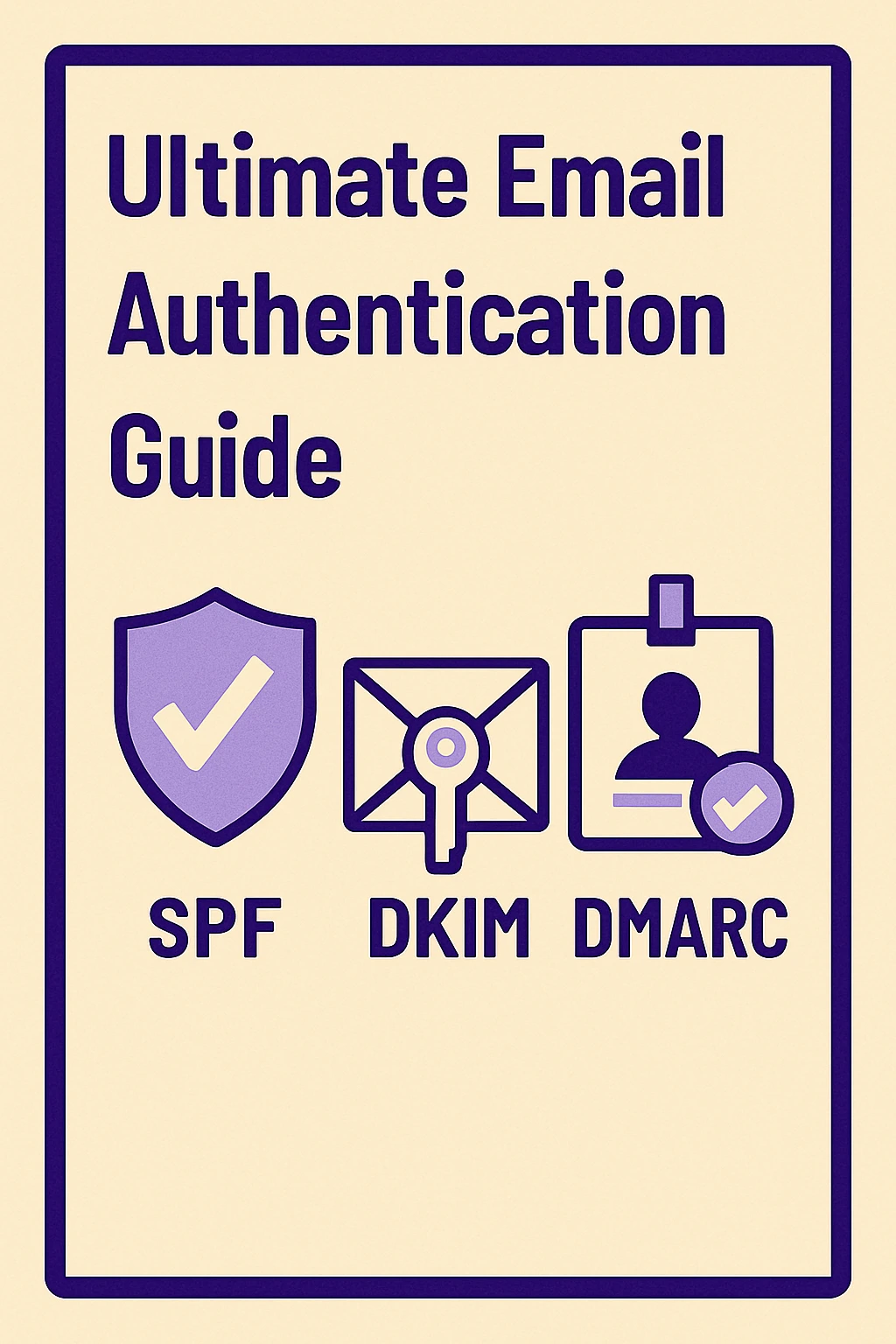Email Length Guidelines That Boost Engagement & Deliverability
This in-depth guide explored essential email length guidelines for developers, marketers, and infrastructure teams, with practical insights for each role. It detailed how email size affects deliverability, inbox placement, and engagement, and broke down specific recommendations for marketing content, HTML payloads, MIME limits, and transactional formatting. From subject line lengths to optimal HTML sizes, this article provides a complete roadmap for writing and sending emails that perform well across devices and platforms. Paired with tools like MailKarma.ai, Litmus, and Email on Acid, your team can ensure every message hits the inbox, renders perfectly, and drives results. Let me know if you'd like to replace the overview in the document! Ask ChatGPT
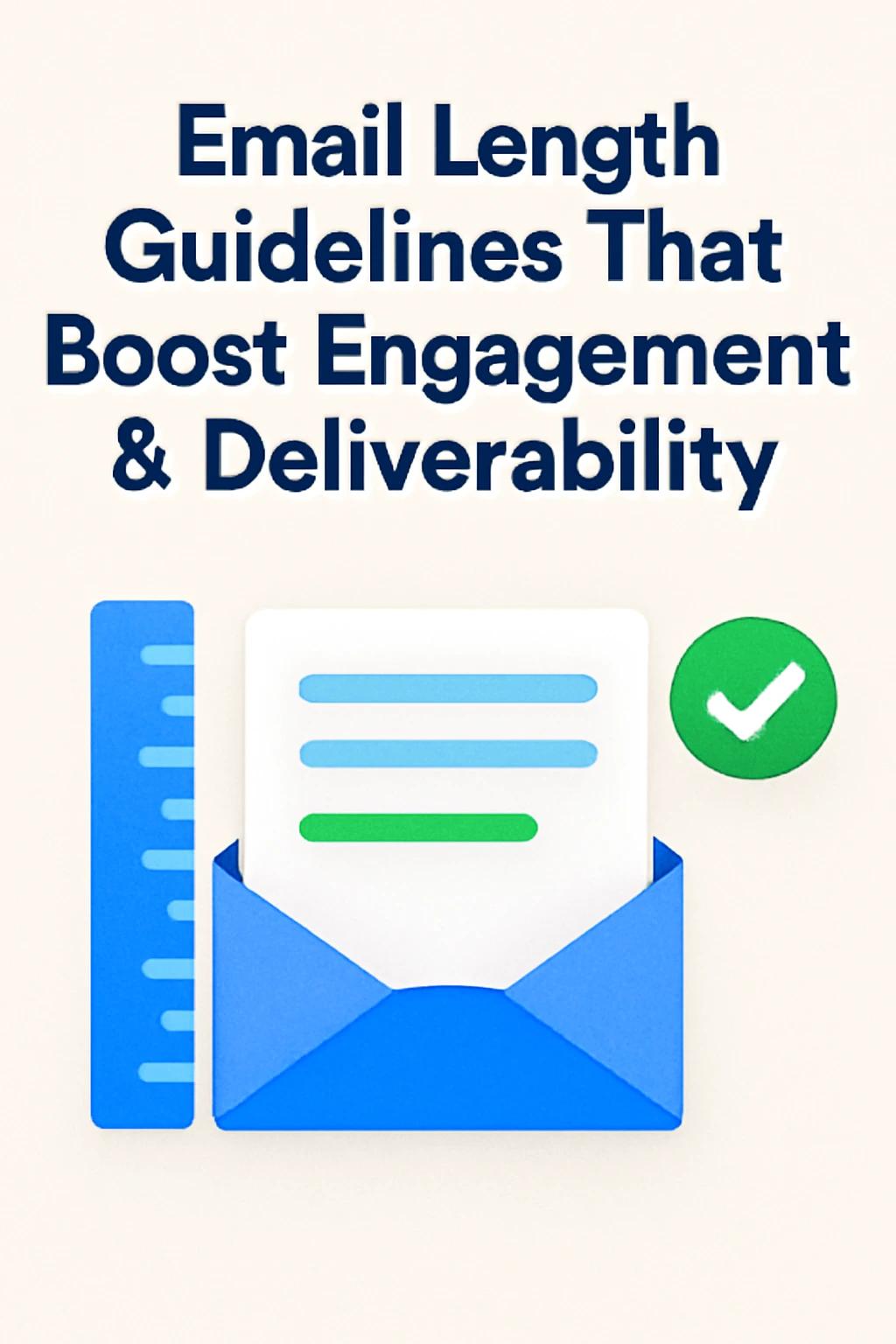
In today’s fast-paced email environment, the length of your message plays a crucial role in whether it gets opened, read, or ignored. For marketers, developers, and infrastructure professionals alike, understanding how to manage email size is no longer optional—it’s a must for successful delivery and performance.
Whether you're writing a promotional campaign or engineering backend delivery systems, every element from subject line to MIME size counts. This article breaks down essential email length strategies by team function to help you increase engagement, reduce truncation, and maintain a strong sender reputation. Learn the essentials of email length optimization for every role. From content size to formatting, see how length impacts performance. Perfect your email strategy in 2025.
Why Email Length Matters in 2025
Email length directly impacts the success of your message, from deliverability to user engagement. In 2025, ISPs and inbox providers use length and structure as quality signals. That means the size of your HTML, the time readers spend on your email, and how far they scroll all contribute to whether your content lands in the inbox or gets filtered out.
For developers, marketers, and infrastructure teams, email length is no longer just a stylistic choice—it’s an infrastructure concern. Knowing how Gmail, Outlook, and Apple Mail evaluate email weight can help you craft optimized messages that perform better. A thoughtful approach to email length can drastically improve sender reputation and long-term campaign results. Email isn’t just about what you say, but how long you say it. Length affects everything from inbox placement to engagement. Here’s why keeping it tight matters.
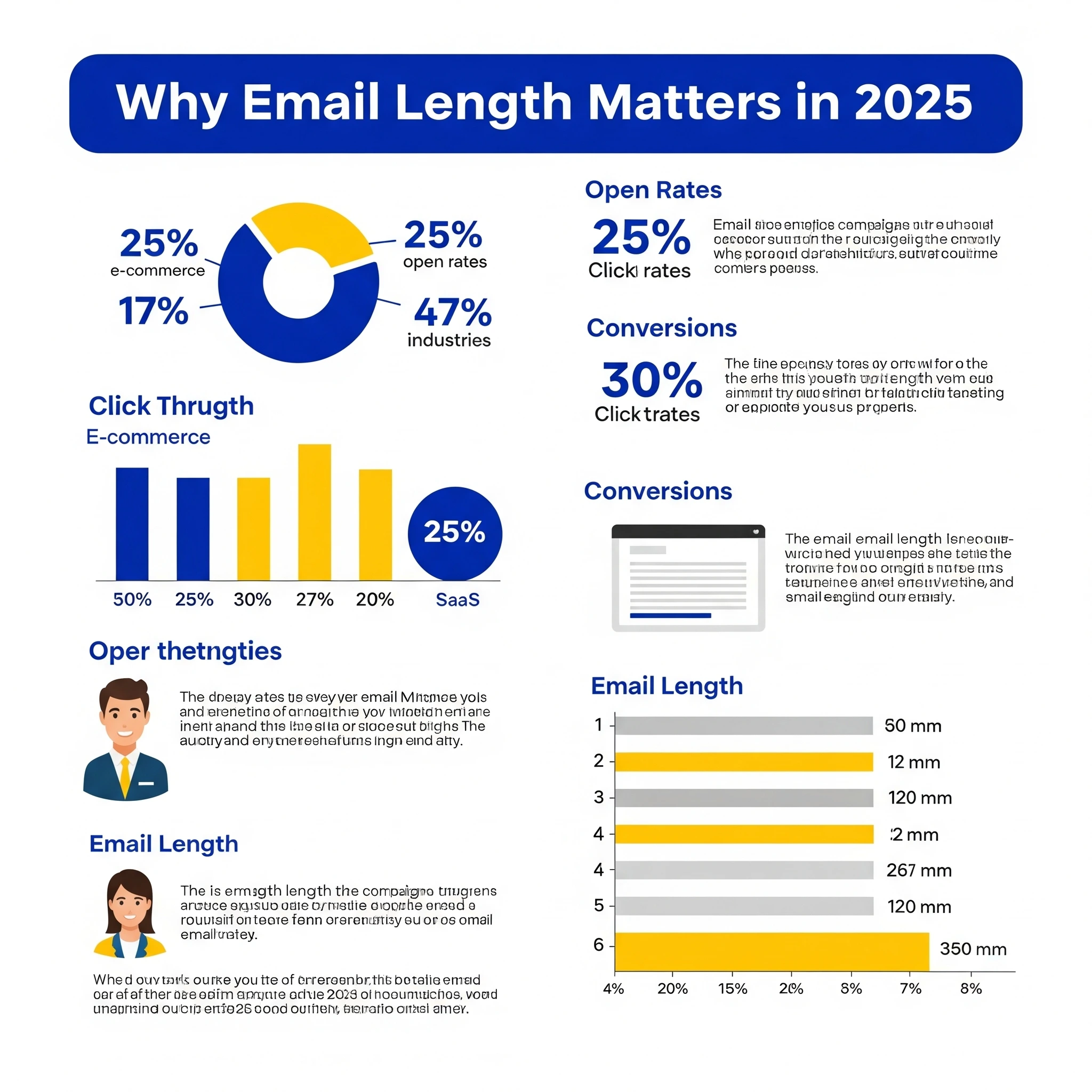
Impact on Deliverability and Inbox Placement
The size and format of your email can directly affect whether it gets read or lands in spam. Inbox providers analyze every byte. Small changes can have big consequences.
Short emails vs. long-form content
Short emails often boost click-throughs while long emails risk being ignored. Finding the right length is a balancing act. Efficiency helps keep the reader's attention.
How Gmail, Outlook, and Apple Mail interpret email weight
Major clients clip long emails or flag bloated ones. Understanding how each interprets email size helps avoid delivery issues. Stay below key size thresholds.
The Role of Engagement Signals
Beyond content, engagement signals now guide inbox algorithms. Time spent reading and scroll depth are critical. These metrics reflect user interest and sender trust.
Scroll depth and time on message.
The deeper users scroll, the more trust you earn. Shallow engagement suggests irrelevance. Well-structured content drives better attention spans.
Email truncation on mobile clients
Lengthy emails get chopped on phones. Truncated emails lose important content. Optimizing for mobile ensures your message survives the cut.
Email Length Recommendations for Different Use Cases
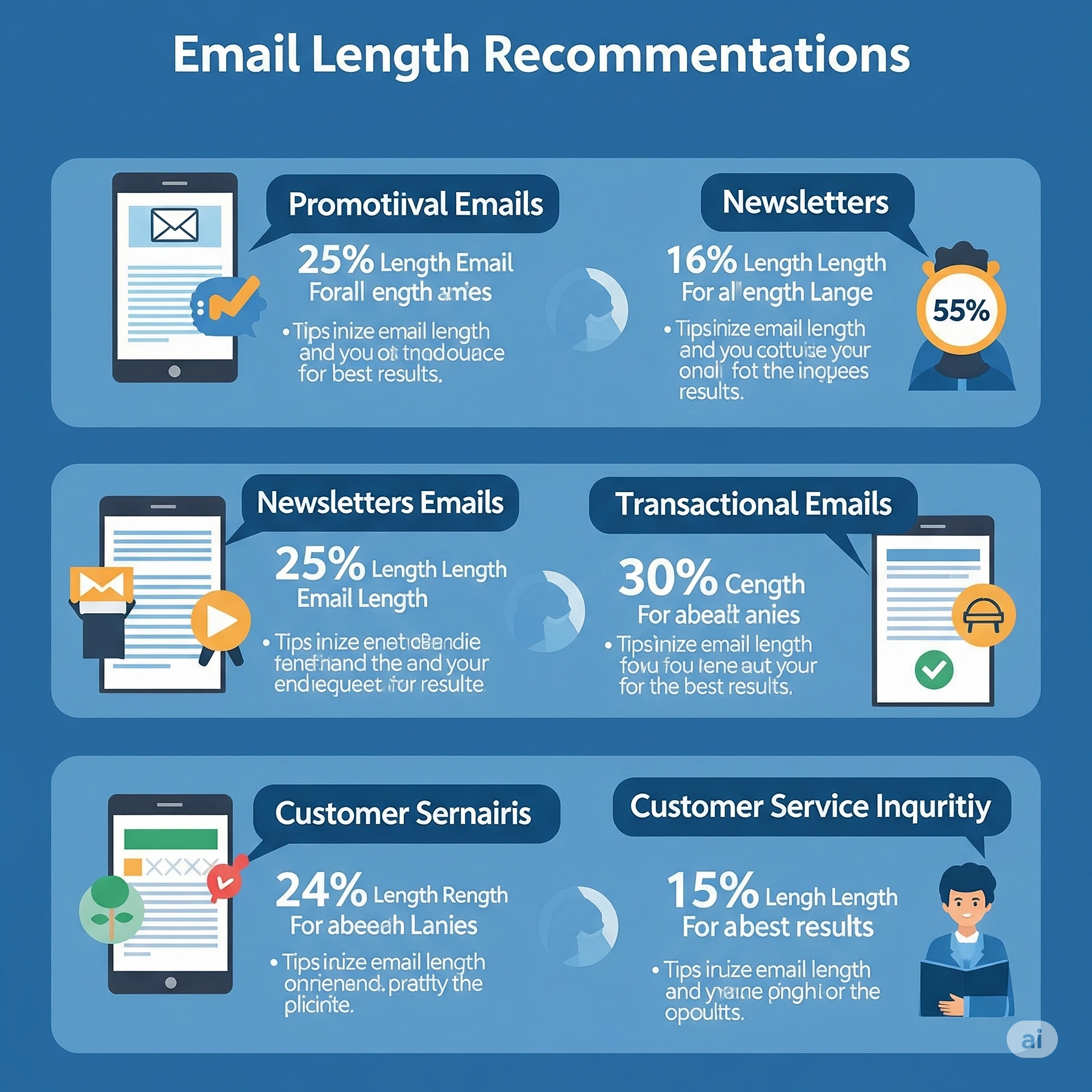
Different types of emails serve different goals, and each requires its approach to content length. Whether you're sending a promotional campaign or a backend system-generated alert, the size and structure of your message should reflect its purpose and audience.
This section breaks down how developers, marketers, and infrastructure teams can tailor email length to suit their objectives. From optimizing HTML size to improving layout for engagement, you'll find practical, role-based strategies to make every email perform better. Not all emails are created equal. Different functions require different lengths. Here’s a role-based guide to get email length right.
For Marketers
Marketing success hinges on attention span. Clear, quick messaging wins. These guidelines help drive higher open and click rates.
Promotional Emails and Newsletters
Keep marketing emails punchy and to the point. Shorter emails convert better and avoid getting clipped. Highlight your value fast and early.
- Best HTML size: Stay under 100KB to avoid Gmail clipping
- Use strong opening lines: Include your CTA within the first 200 characters..
- Avoid excessive images and animations that inflate load time.
Nurture Campaigns and Product Updates
Emails that educate or update should stay concise but informative. Structure matters just as much as length. Clear formatting keeps readers engaged.
- Use bullet points to guide attention.n
- Break content into sections with subheadings.
- Avoid dense paragraphs—opt for clean spacing.
For Developers and Email Designers
Dev teams ensure emails look good and load fast. Code efficiency is critical. Optimized markup leads to faster delivery and better rendering.
HTML Payload and MIME Size
Heavy emails delay delivery and risk truncation. Monitoring the payload ensures smoother inbox experiences. Clean code avoids compliance issues.
- Keep the total message under 102KB.
- Compress images and eliminate unnecessary inline CSS
- Watch for MIME size limits from ISPs and ESPs
Code Optimization Tips
Efficient code helps email teams scale and deliver consistently. Minifying and modularizing pay off. Avoid heavy elements like base64 media.
- Minify your HTML and CSS
- Use modular, reusable code blocks.
- Skip embedding base64 images or fonts when possible.
For Infrastructure and Deliverability Teams
Infrastructure teams ensure emails don’t just go out—they land safely. Managing technical backend size is crucial. Clean architecture supports reputation.
Server-Side Considerations
Servers have sending limits that can be breached by bulky code. Segmentation also affects trust. Smart routing keeps your domain clean.
- Respect SMTP limits and avoid bloated headers.s
- Keep transactional and promotional flows separated to preserve domain reputation.
Monitoring Email Size and Performance
Real-time diagnostics prevent delivery issues. Constant monitoring helps improve systems. Proactive analysis leads to stronger infrastructure.
- Track average message size across campaigns
- Set alerts for emails nearing the size thresholds
- Audit top offenders and trim unnecessary content
Subject Line and Preview Text Length
Subject lines and preview text are your first impression—and in 2025, first impressions still count. If your subject line or preview text is too long, too vague, or formatted poorly, you risk getting ignored or deleted.
This section helps you craft impactful subject lines and preview snippets that get noticed. With concise formatting and attention to mobile limits, you'll increase opens and maximize the chances your message actually gets read. Subject lines and preview texts drive first impressions. If they’re too long, you lose clicks. Learn how to format both for maximum visibility.
Subject Line Best Practices
Keep subject lines tight and irresistible. Short lines win mobile opens. Add urgency without overselling.
- Ideal subject line length: 40–60 characters
- Make it punchy, personal, and action-driven
Preview Text Formatting
Preview text gives users context. Optimize it to complement your subject line. Avoid boilerplate filler.
- Limit preview text to 90–140 characters.
- Avoid starting with technical fallback text like “View this in browser.”
Real-World Examples of Effective Email Length
Best practices are powerful, but real-world examples show how theory plays out in live campaigns. These practical examples help teams across roles understand the impact of optimized email length on actual performance.
From high-performing marketing emails to perfectly sized transactional messages, this section highlights the measurable benefits of sticking to ideal length guidelines. Use these insights to benchmark your campaigns and refine your approach based on what works. Theory only goes so far. These examples show how optimized length drives results. Real campaigns reveal the data behind the best practices.
High-Performing Marketing Emails (Short vs Long)
Shorter emails consistently outperform long-winded ones. These examples show measurable wins. Clear structure improves engagement.
Transactional Email Size Benchmarks
Transactional emails must be quick and reliable. Size directly affects delivery time. Keep it simple, clear, and fast.
Final Takeaways: Keep It Light, Keep It Smart
Before you hit send, make sure your email is light, fast, and optimized. These final tips help reinforce the importance of maintaining the right balance between copy, code, and content. The better your structure, the better your performance.
This section pulls together everything covered—from email body size limits to mobile rendering—into a quick-reference checklist. Whether you're in marketing, development, or infrastructure, these takeaways ensure your emails get delivered, opened, and acted on.
- Keep HTML emails under 102KB.
- Aim for 50–150 words in most marketing emails.s
- Use headers, spacing, and bullets for readability.
- CTA should appear within the first 200 characters
- Mobile-first formatting is a must.
Recommended Tools:
Using the right tools can make the difference between a well-optimized email and one that misses the mark. From HTML analysis to inbox rendering previews, these tools help marketers, developers, and infrastructure teams catch issues before they happen.
Each of these platforms offers a unique way to improve your emails, from pre-send diagnostics to layout previews across devices. Here are the top tools you should have in your email performance toolkit:
- Mail-Tester: Diagnoses HTML bloat, spam score, and blacklisting issues. It gives you a quick health check of your email before sending.
- Litmus: Lets you preview your email in 100+ clients and devices. It’s ideal for ensuring consistent rendering and spotting design flaws early.
- Email on Acid: Tests performance, load time, and accessibility to prevent mobile issues and formatting errors across platforms.
Pro Tip: Monitor your deliverability and email reputation with MailKarma.ai. It's built for teams that care about performance from design to delivery.
FAQs
What is the ideal email length for marketing emails?
Most marketing emails work best between 50–150 words, with a CTA early in the copy. Keep the total HTML size under 100KB to avoid clipping.
How long should a transactional email be?
These should be brief and informative—typically 30–80 words. A minimalist layout helps improve delivery speed.
What is the maximum size limit for emails in infrastructure systems?
Many ESPs and SMTP systems allow up to 10MB for attachments, but the email body should be below 102 KB to ensure full delivery.
Does email length affect deliverability?
Yes. Oversized or bloated emails are more likely to be flagged as spam or clipped. Keeping emails light helps improve email deliverability.
What’s the recommended subject line length in 2025?
Aim for 40–60 characters. Anything longer risks truncation, especially on mobile devices.
How do I check if my email is too long?
Use tools like Mail-Tester, Email on Acid, or Litmus to scan for size, rendering issues, and performance blockers.
Recent Blogs
FAQs: Everything You’re Wondering About Cold Email Deliverability & MailKarma’s Infrastructure
MailKarma is a dedicated email infrastructure solution built exclusively for cold email outreach. Unlike shared inbox tools or general ESPs, MailKarma gives you complete control over your sending setup—private US IPs, clean domains, and expert-backed deliverability practices. Built by cold email pros, MailKarma is optimized to scale outreach without landing in spam.
Because MailKarma sets up private infrastructure—including custom domains and mailboxes—it doesn’t offer a traditional free trial. However, you can explore the platform, view your dashboard, and test features before provisioning infrastructure. Our private dedicated email servers cost $150 per server plus $0.001 per email sent, making it extremely cost-effective for high-volume cold email campaigns. For Gmail Workspace solutions, pricing starts at $3.50 per email with a 10-email minimum, dropping to $2.50 per email for volumes over 100 emails. This transparent pricing model ensures you only pay for what you use while maintaining enterprise-grade email deliverability.
Yes. MailKarma automatically sets up SPF, DKIM, and DMARC records using best-in-class standards. No technical hassle—our system handles everything behind the scenes, and our support team is always ready to assist if needed.
Every MailKarma subscription includes:
- Automated DNS setup (SPF, DKIM, DMARC)
- Private mailbox hosting
- Ongoing deliverability optimization
- Server monitoring and uptime guarantees
It depends on your monthly sending volume and the number of contacts per sequence. To simplify this, MailKarma includes a volume-based calculator inside the app to help you choose the optimal setup for scale, safety, and inbox placement.
Gmail and Outlook aren't built for cold outreach—they throttle volume, rotate IPs, and limit deliverability. MailKarma gives you:
- Dedicated infrastructure
- Warmed IPs and aged domains
- No shared resources
- Built-in best practices for cold outreach
It's the infrastructure your outreach actually needs.

.png)
